How do you transform character?
From deserted bank to buzzing residential complex – the bar is high and the clock is ticking.
Automate
BRIX opts for data-driven feasibility analyses so that demolition, asbestos surveys and permit applications run in parallel, saving weeks and preventing surprises.
Integrate
Neighbours are updated in a pop-up exhibition space within the building itself. This direct dialogue often accelerates permits because objections surface early.
Innovate
Energy concepts featuring heat pumps and PVT panels make the building fully electric, already prepared for the stricter BENG standards of 2030.
Scale up
What stands out is that BRIX immediately applies lessons learned from earlier projects (Plenkertstraat, De Bankresidentie), enabling construction partners to connect almost plug-and-play.
Old bricks may seem frozen in time, yet give them oxygen and they breathe again..
Why this acquisition matters

BRIX real estate has bought a building in the heart of the city. For Sittard that means an injection of high-quality urban housing in the segment with the greatest pressure.
What Spartner takes from this
We guide digital transformation projects, yet the parallels with real estate are striking: vision first, planning tight, execution iterative.
A few observations.
Local collaboration speeds up permits and improves buy-in, especially in urban centres.
Lifetime-proof layouts are not only socially desirable, they also extend economic lifespan.
Smart data models shorten due-diligence processes considerably – just as true in software.
Renewal demands courage, but above all structure
BENG-proof designs are no longer a nice-to-have
Community participation is cheaper than legal proceedings
How do you navigate this transformation?.
Practical steps from quick scan to aftercare.
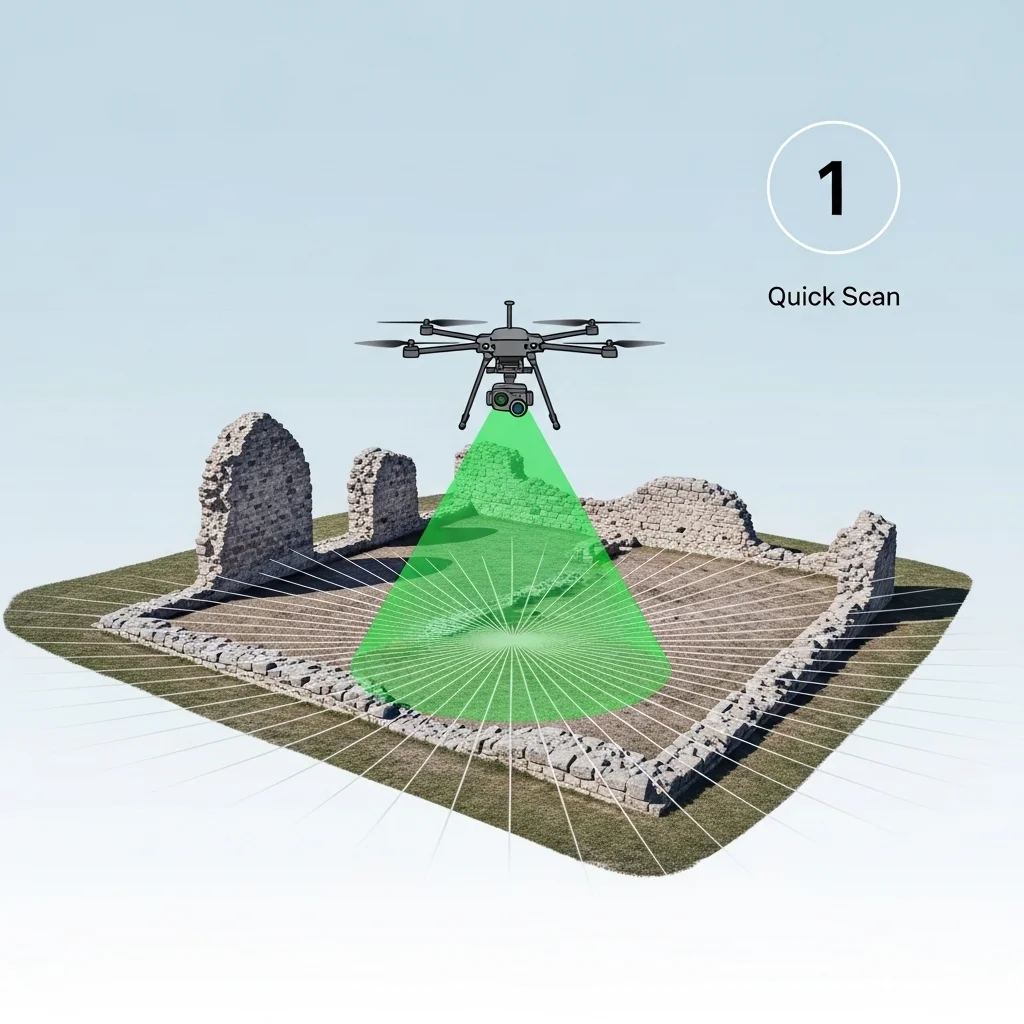
Step 1 – Scan the location.
It starts with a quick scan of the foundation, asbestos and parking standards. BRIX uses LiDAR data and drones for this. Only when the numbers add up does the offer go out.
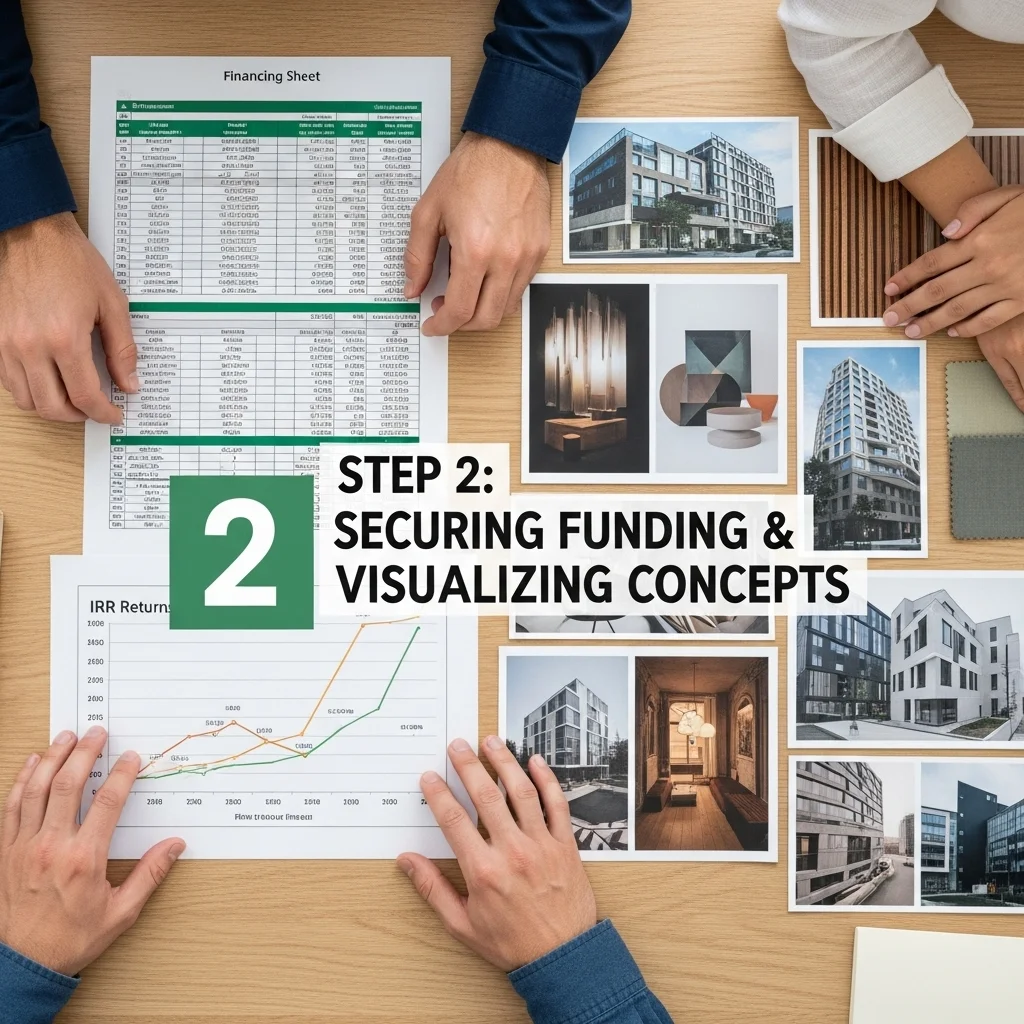
Step 2 – Orchestrate financing.
Investors want returns and a story. So there is a concise info sheet with IRR scenarios, plus a mood board that visualises the future. Seemingly small detail, yet it makes the difference.
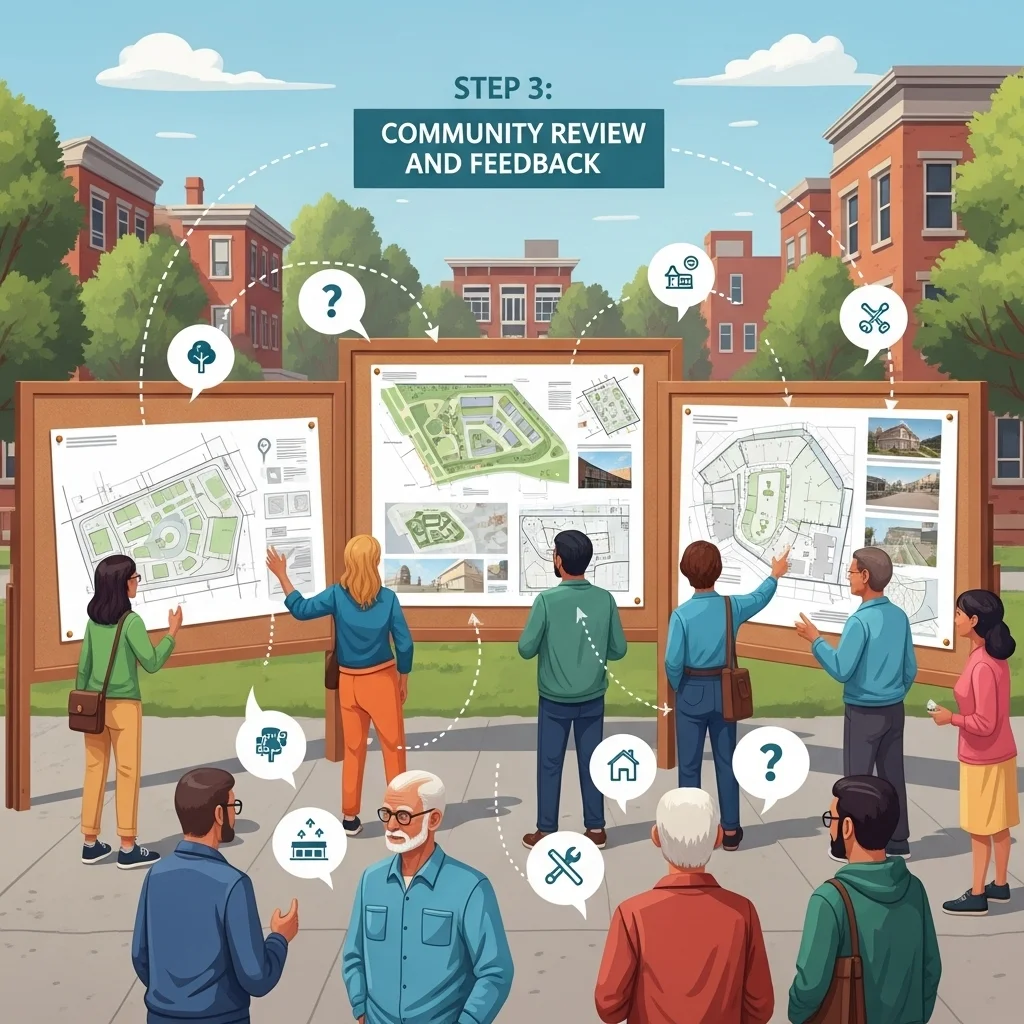
Step 3 – Time participation smartly.
Do not buy first and talk later. Even before the notarial transfer a neighbourhood walk is scheduled, because you avoid resistance by listening early.

Step 4 – Iterate the design.
Architect, structural engineer and MEP consultant literally share the same BIM environment. This allows the EPC score to be monitored live while the sketches evolve.
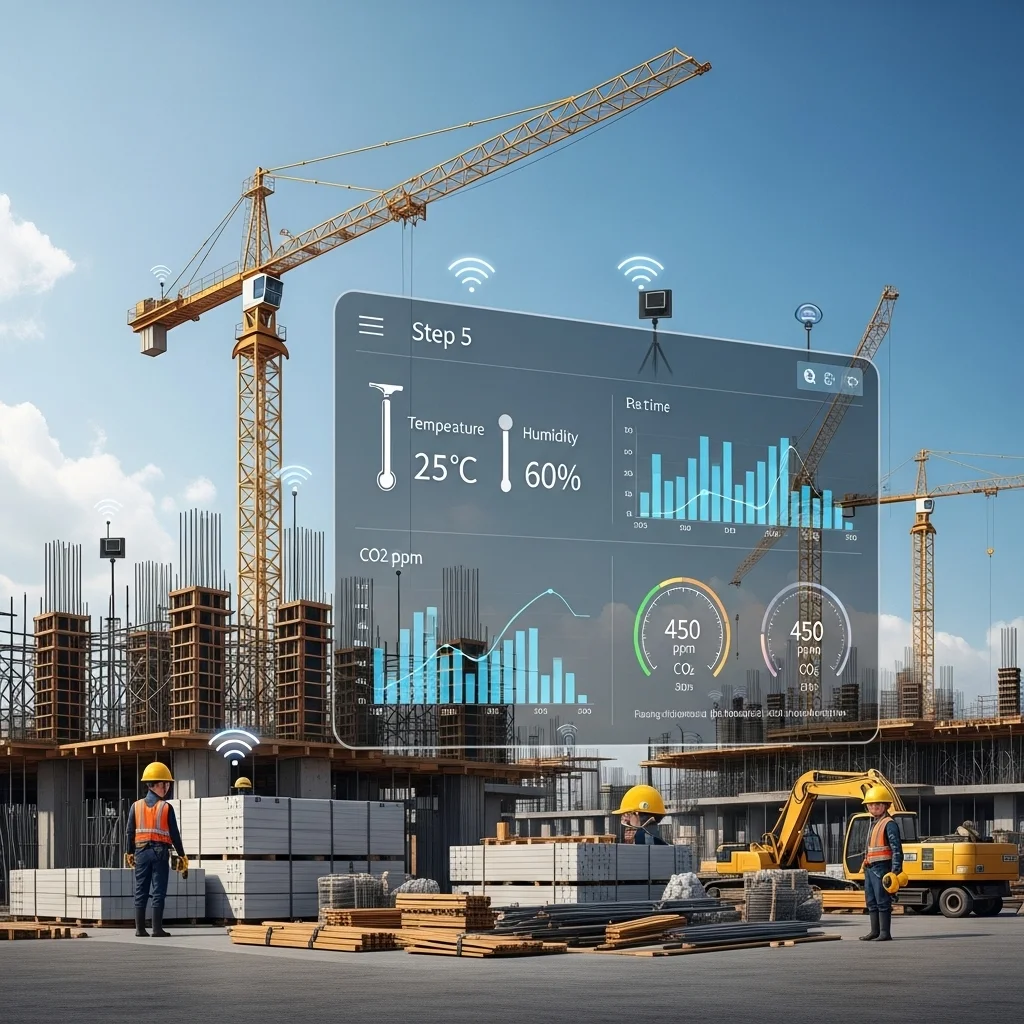
Step 5 – Build, but keep measuring.
During the renovation IoT sensors measure temperature, humidity and CO₂. Deviations? The site manager intervenes immediately, reducing failure costs.

Step 6 – Handover is not the endpoint.
After the keys change hands a data-driven aftercare phase of twelve months follows. Teething problems are resolved and the learnings feed into the next transformation.
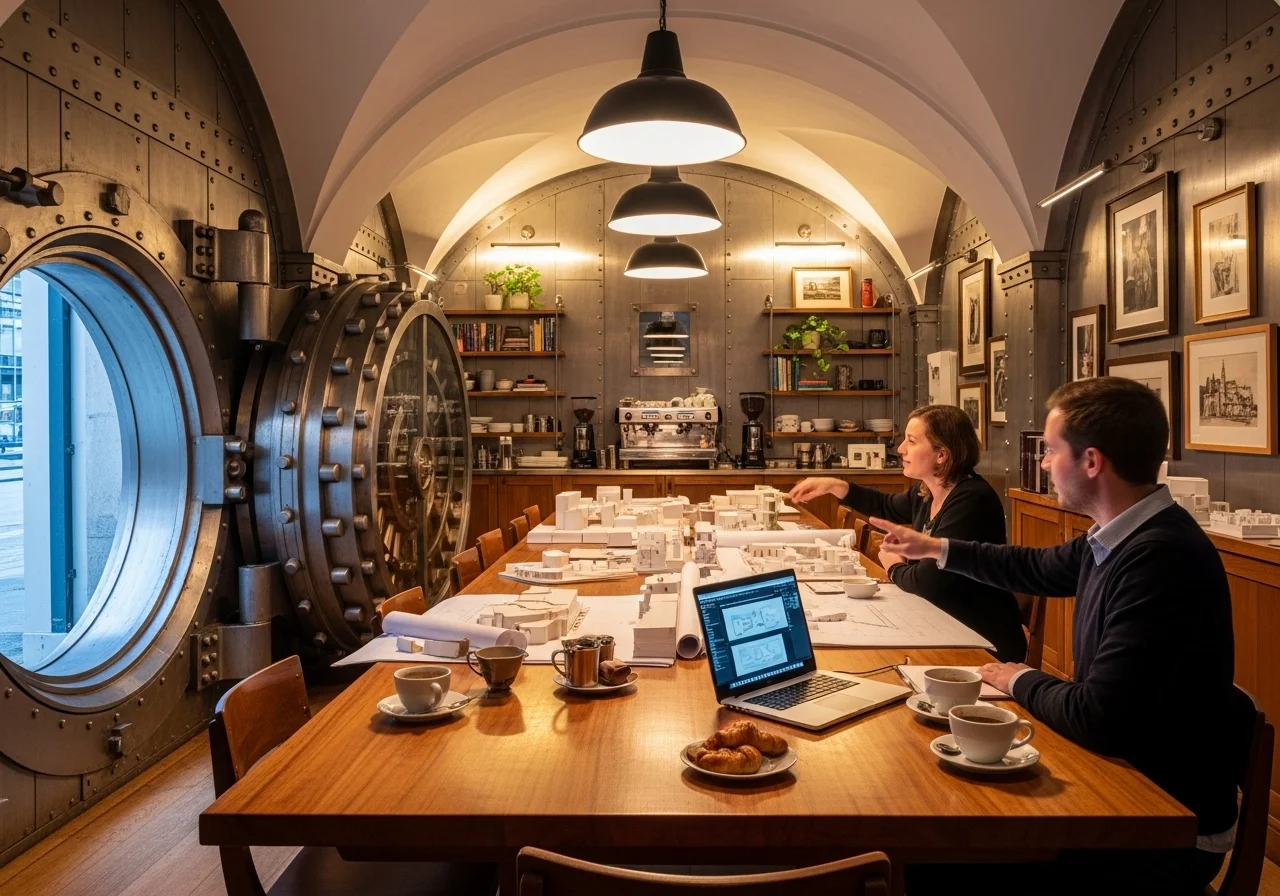

Want to know more about the approach behind this success?
Let's schedule a coffee – online or in the former bank vault. We'd love to spar about how you combine data, stakeholder management and nerve to bring bricks and software to life.
A critical look at urban transformation

Not every vacant building cries out for apartments
Buying a building in the city centre sounds romantic, but without realistic rental and sales forecasts the project can stall before it even starts. With Engelenkampstraat BRIX shows that market data, demographics and mobility plans must reinforce one another. If that puzzle is assembled carelessly you end up with luxury lofts no one wants to live in or, worse, with legal claims.
The pitfall of rushing aesthetics
Aesthetics sell. Yet we often see a photogenic façade masking the real issue – functional layout and installations. BRIX tackles it the other way around: installations first, brick poetry later.
Practical tips for real-estate specialists

How to minimise risks during an acquisition
Due diligence is more than collecting reports. Put a multidisciplinary team around one shared data room and let AI models detect patterns in maintenance and rental streams.
Carry out a financial stress test
Take the worst-case energy label and calculate using the highest interest-rate scenarios. Sounds pessimistic, yet it prevents nightmares.
Frequently Asked Questions
Practical answers to the questions we hear most often.
How does BRIX secure permits so quickly? 🙂
They involve neighbourhood and municipality at an early stage. The dialogue therefore shifts from defensive to constructive and objections are often resolved in the sketch phase.
Will the building really be completely gas free? 🔌
Yes. Heat pumps and PVT panels provide heating, cooling and electricity. The design amply meets the BENG requirements.
Can I invest in the project? 💰
BRIX usually works with private investment vehicles. Interested parties can get in touch for future propositions, but there is currently no public offering.
How long does the transformation take on average? ⏱️
Experience shows that 18-24 months is realistic, although it strongly depends on permits and the structural quality of the existing shell.
Will the homes be lifetime-proof? 🦽
Absolutely. Think threshold-free entrances, wide doors and provisions for home automation. This allows residents to stay when their mobility declines.
What does this mean for the neighbourhood? 🏙️
More residents means vibrancy, extra spending and a safer streetscape. The municipality and BRIX jointly monitor parking pressure to avoid unwanted effects for local residents.
Why does BRIX opt for inner-city properties? 🌳
Building within the city preserves the countryside and aligns with the mobility ambitions of many municipalities. Amenities are often within walking distance as well.
Are there examples where things went wrong? 😬
As mentioned earlier, an old project in Kerkrade faced delays due to unexpected foundation damage. That experience led to extra thorough ground scans for new acquisitions.
What if the property market cools down? ❄️
BRIX applies conservative exit scenarios. If sales slow down, the complex can be temporarily rented in the higher segment to secure cash flow.
Will there also be commercial units? 🛍️
Yes, approximately 135 m² will remain available on the ground floor for retail or hospitality. That strengthens the plinth and makes the street livelier.


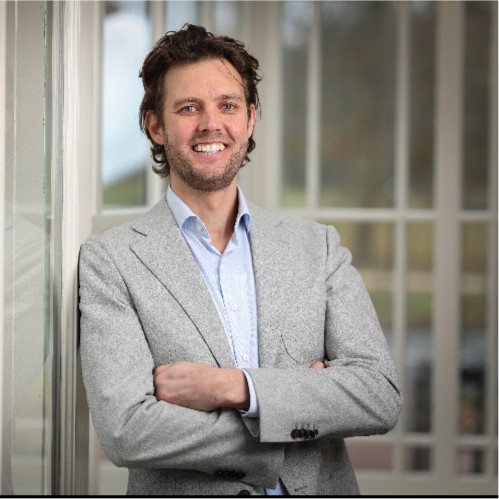







.webp)
